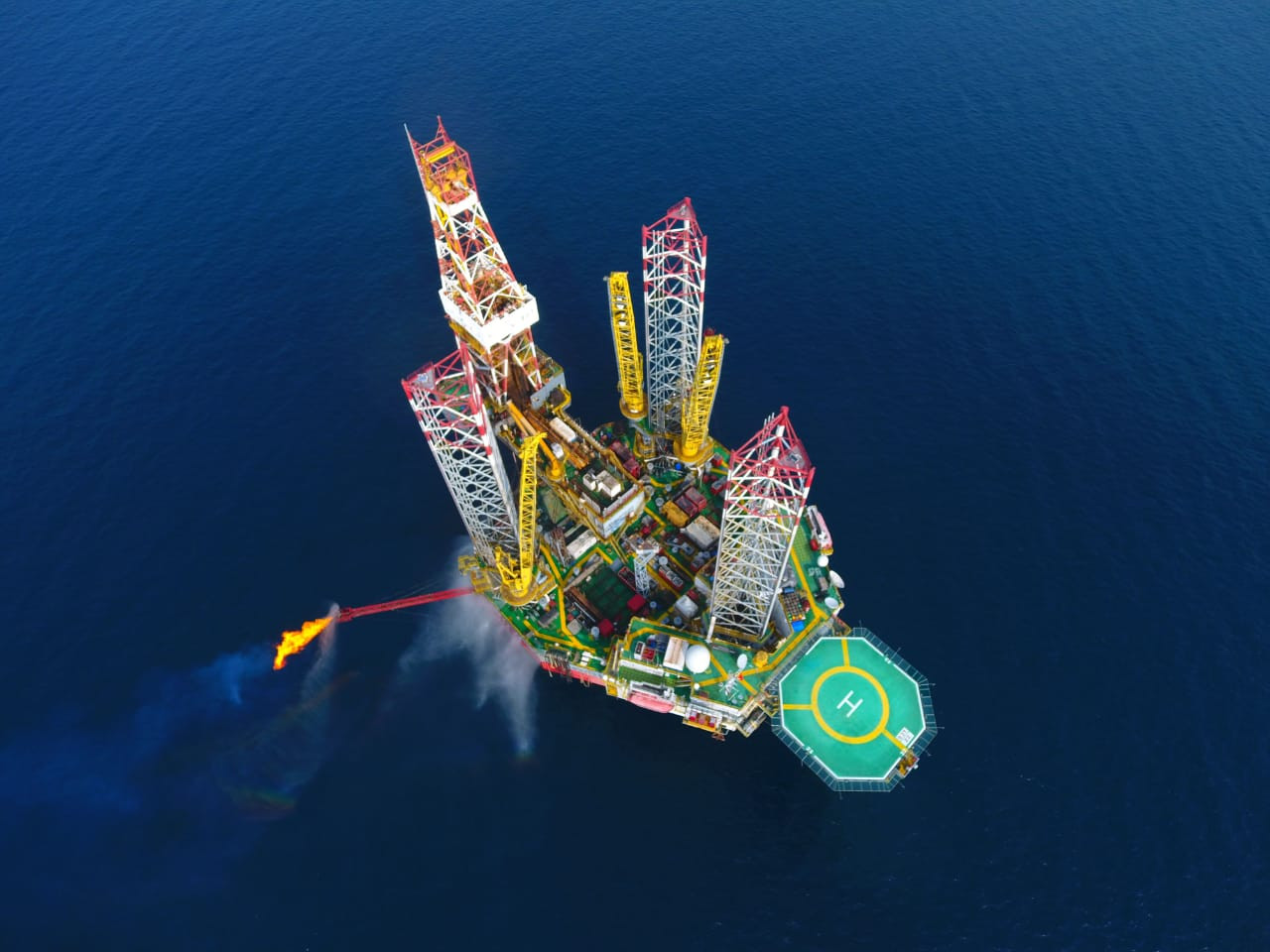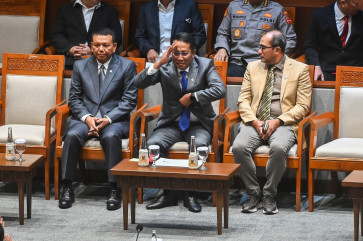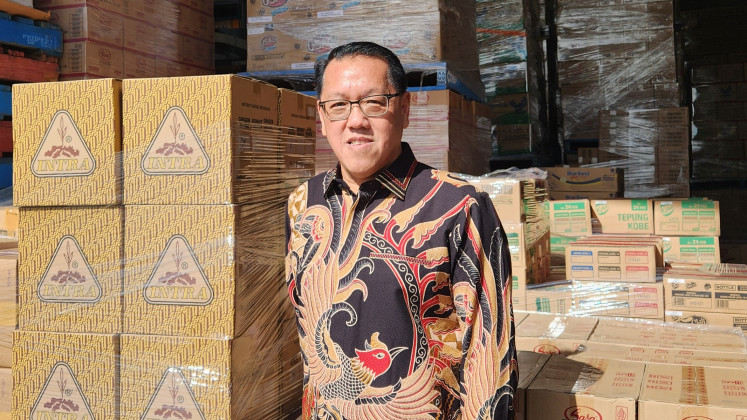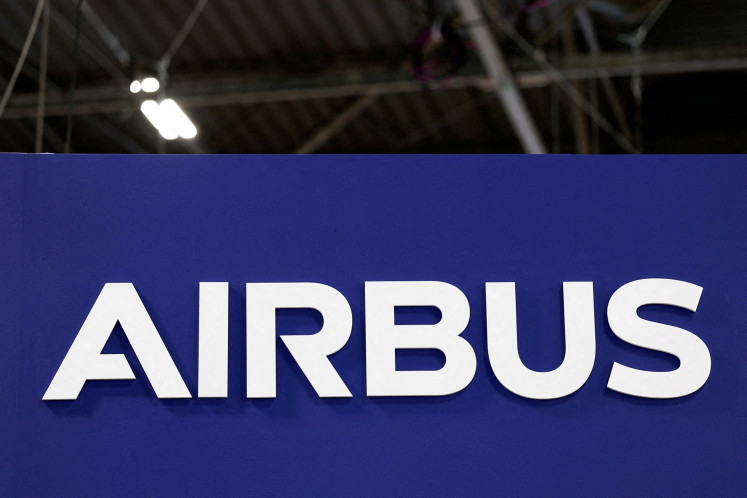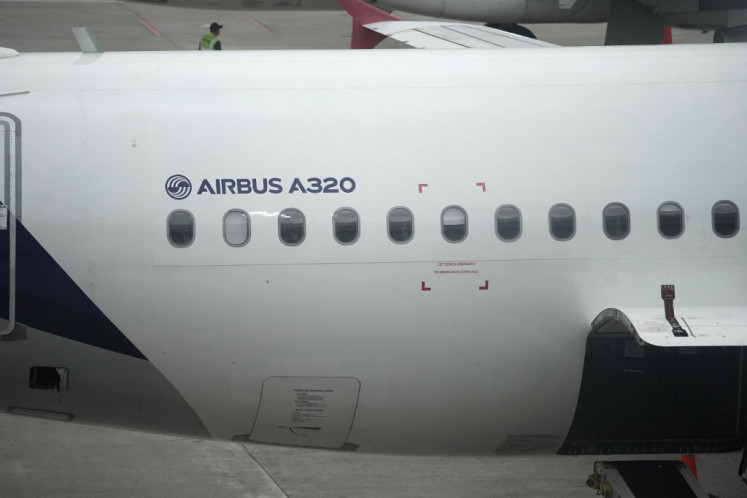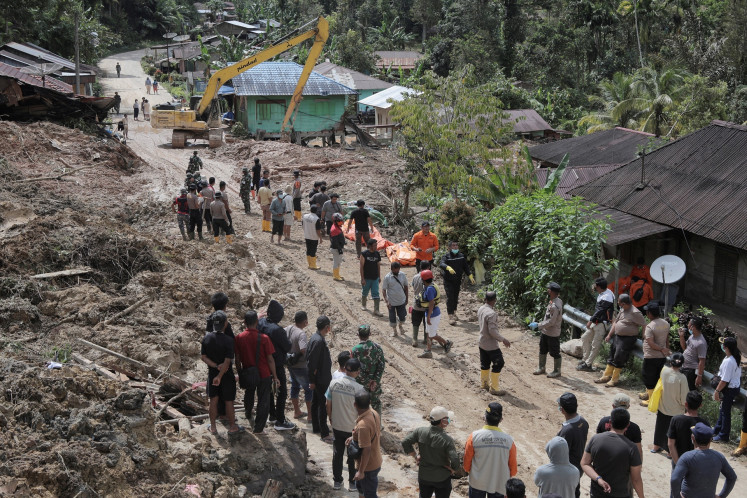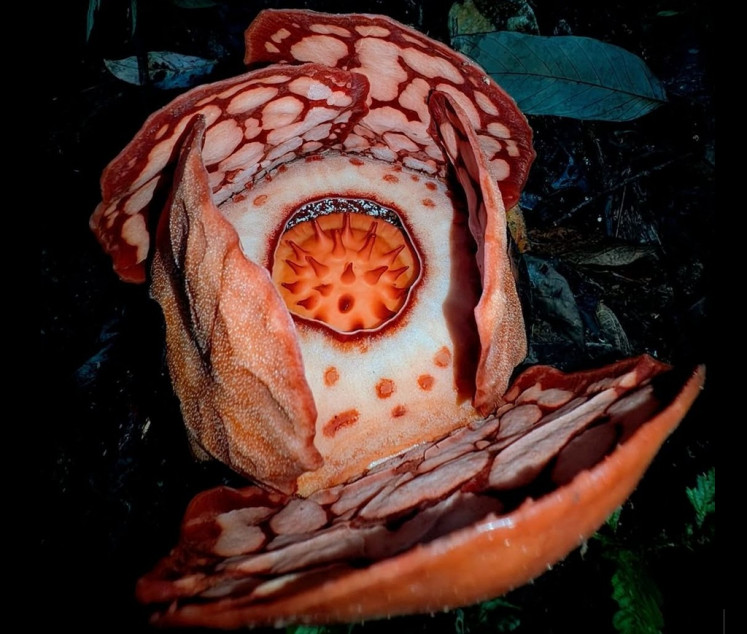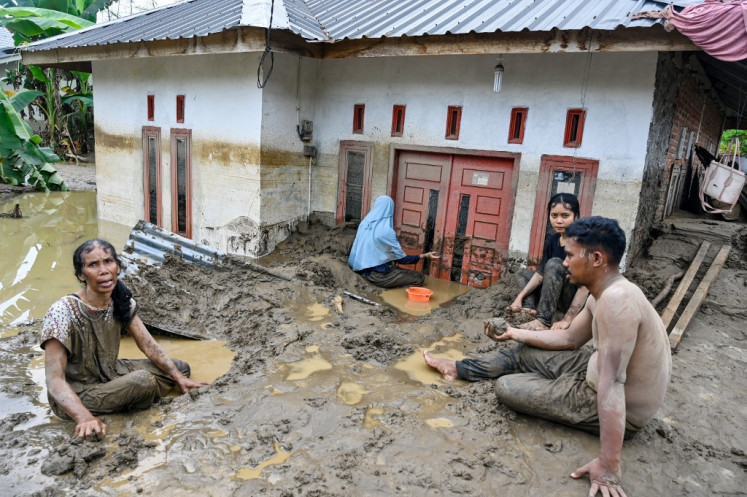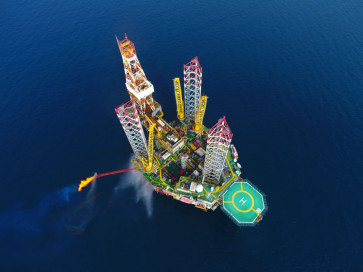Popular Reads
Top Results
Can't find what you're looking for?
View all search resultsPopular Reads
Top Results
Can't find what you're looking for?
View all search resultsDevelopment of East Natuna gas field faces challenges
Change text size
Gift Premium Articles
to Anyone
A
nalysts expect the global shift to renewable energy and technical problems to pose key challenges as the government scouts for investors to develop oil and gas blocks in Natuna, Riau Islands.
The government has continuously expressed its desire to develop the East Natuna gas field in Riau Islands province, which is one of the largest unexplored gas reserves in the world.
The block has gas-in-place estimated at more than 200 trillion cubic feet (tcf), but with carbon dioxide content in excess of 60 percent, a Wood Mackenzie study shows. The total proven reserves of natural gas are pegged at 46 tcf.
This level of reserves is far bigger than that of the Masela Block in the Arafura Sea and that of the Indonesia Deepwater Development (IDD) Block in the Makassar Strait, which hold up to 16 tcf and 2.6 tcf of oil and gas reserves, respectively.
Putra Adhiguna, an energy economist at the Institute for Energy Economics and Financial Analysis (IEEFA), said that, considering the high CO2 content, utilization of carbon capture was critical, and stakeholders would have to pay attention to the promised carbon capture rates.
“The high CO2 content means the investment window is closing fast, as global companies shift to renewable energy,” he told The Jakarta Post on Wednesday.
However, carbon capture technology had a patchy track record, Putra noted, having repeatedly failed to meet the promised 90 to 95 percent capture rates.

